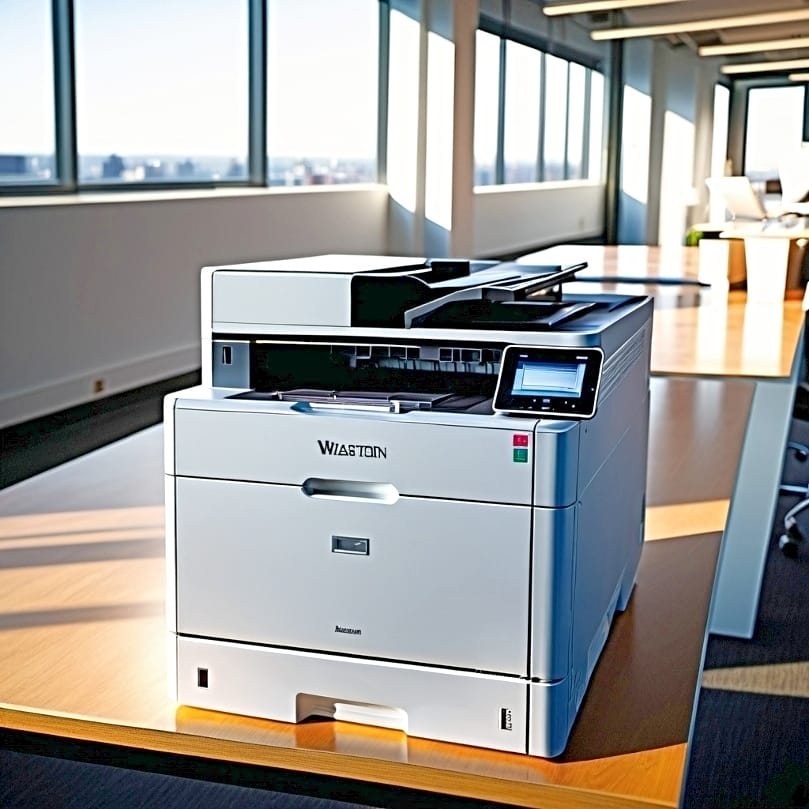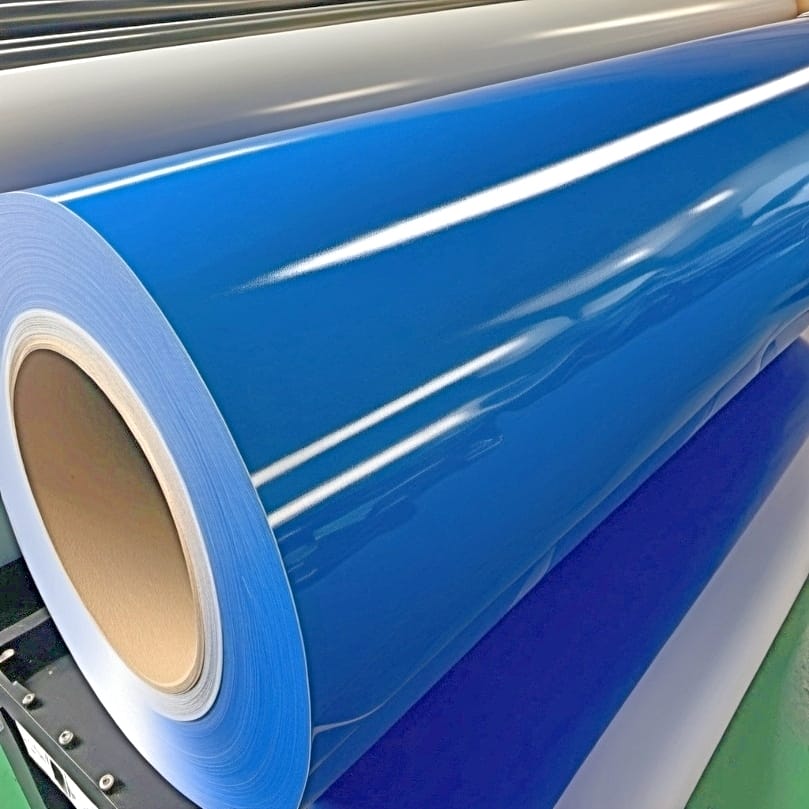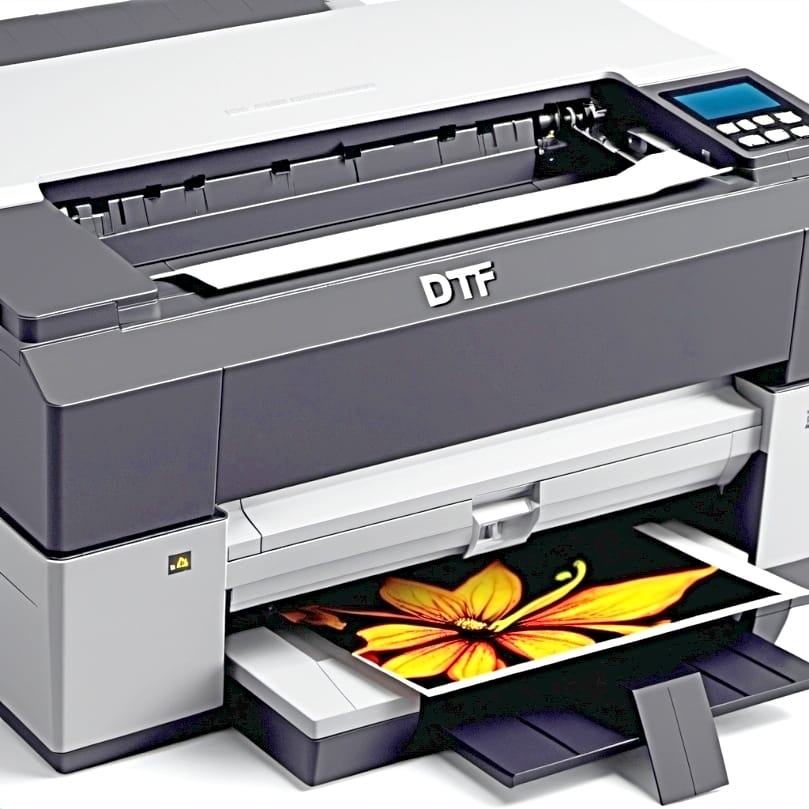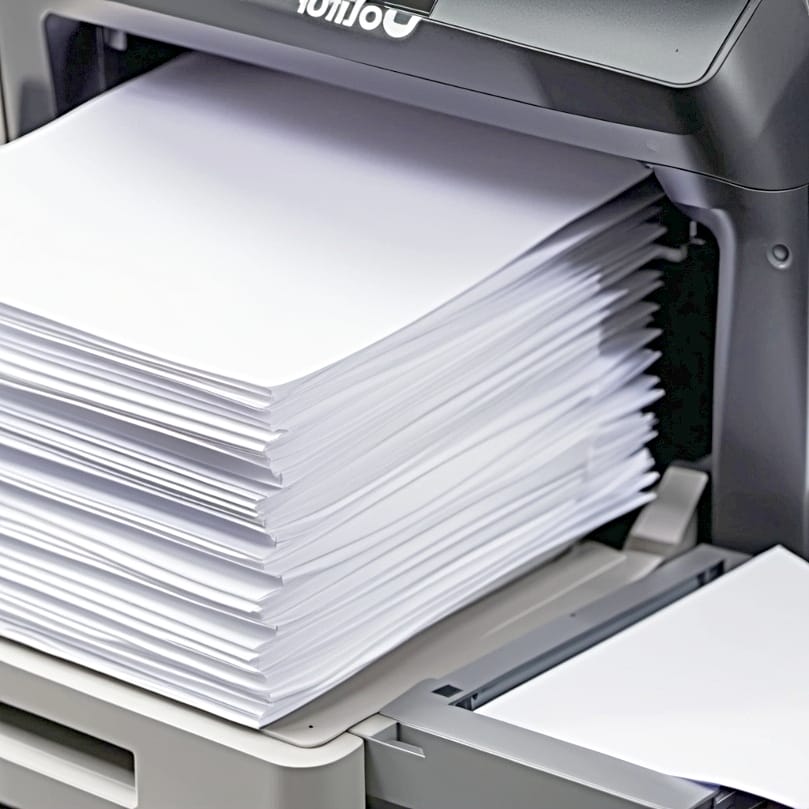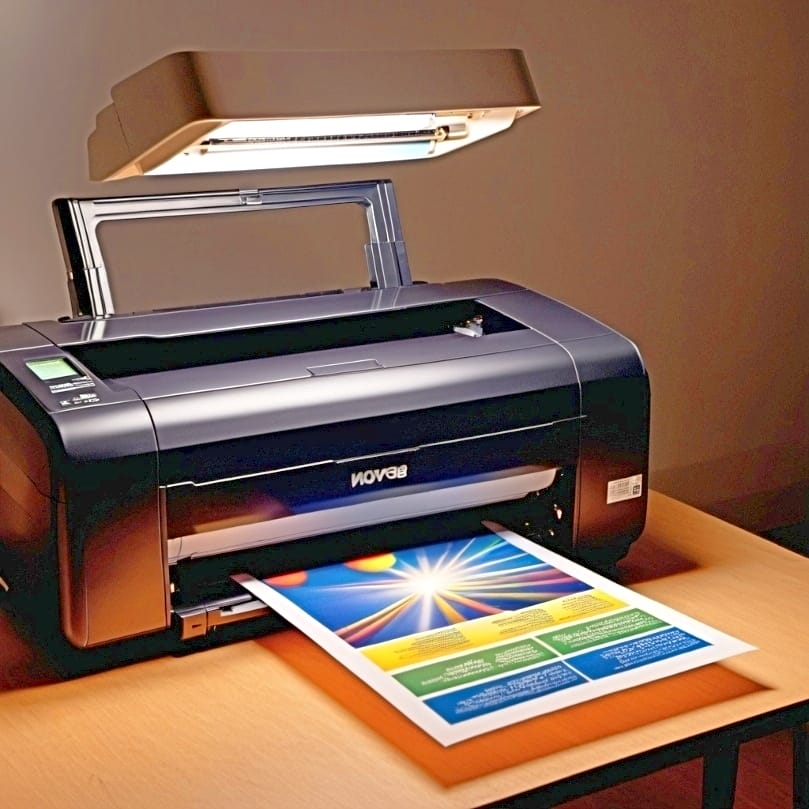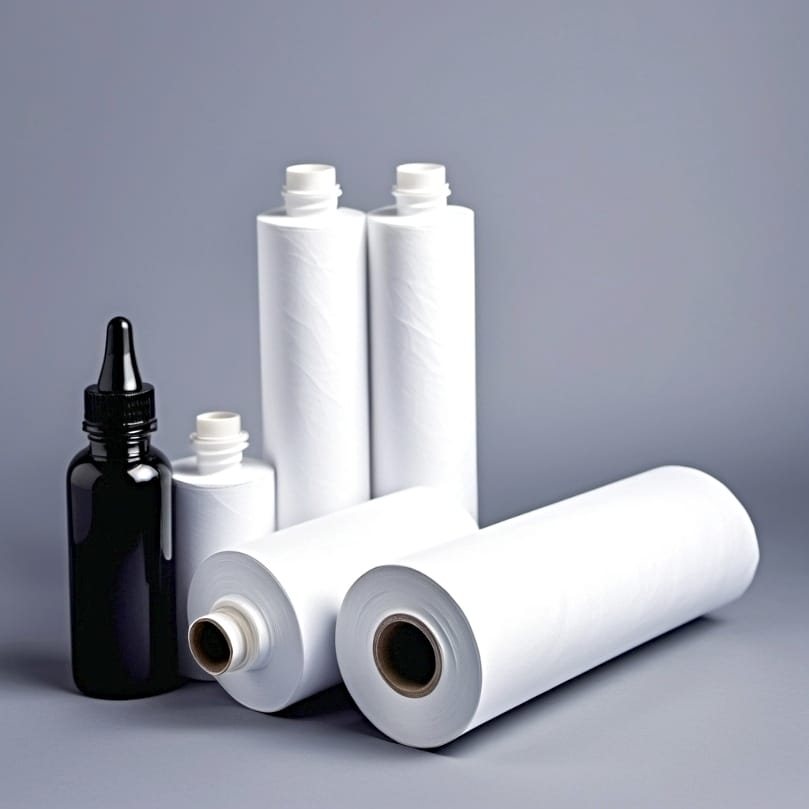Table of Contents
ToggleSo now you are weighing up UV printing vs sublimation for your next print job? You need look no further! This no-nonsense guide dives right into the strengths and weaknesses of each method. From material choices to durability and cost implications, we dissect the factors that could influence your decision. Without spoiling the in-depth analysis to follow, let’s embark on a journey to decipher which printing technology might align with your project goals. Stay with us as we discover the wonders of each world simultaneously!
Key Takeaways
- UV printing uses ultraviolet light to cure ink instantly onto a variety of materials and is prized for its versatility, instant drying, and environmentally friendly process that reduces VOC emissions.
- Dye sublimation prints vivid and durable images by transforming solid inks into gas through heat and pressure, resulting in embedded prints within polyester or specially coated substrates, ideal for apparel and home décor.
- While UV printing is suitable for a wide range of materials and provides textured finishes, sublimation is limited to polyester fabrics and can embed images into the material, offering durability against weather conditions.
Exploring UV Printing and Sublimation: A Comparative Overview
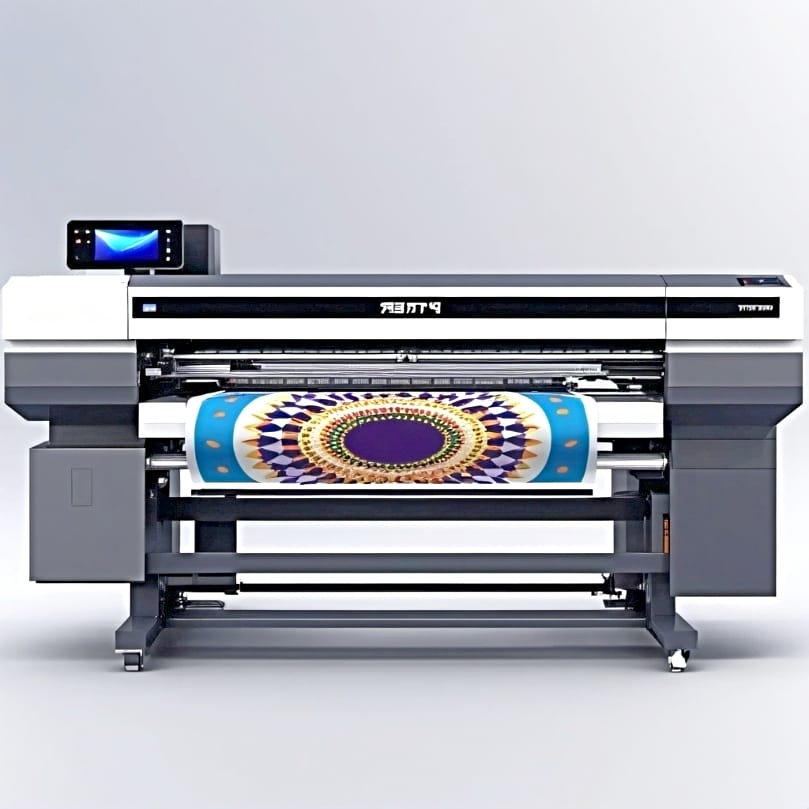
The UV printing industry and dye sublimation are both revolutionizing the digital printing industry, each with their distinct characteristics. UV printing leverages ultraviolet light to cure inks instantly onto diverse substrates, offering a world of possibilities. Think vibrant custom flags, eye-catching table covers, or striking tents. UV ink is transformed from a liquid to a solid state under the influence of UV light, making the UV printing process a marvel of modern technology.[1]
Differently, dye sublimation involves a remarkable transformation process, known as the sublimation process. The ink transforms from a solid state to a gas, bypassing the liquid phase entirely. The result? The dye permeates the material surface, creating prints that are vivid, durable, and high in quality. From striking apparel to stunning home décor items, dye sublimation breathes life into textiles and coated substrates with a riot of colors.
The UV Printing Process Unveiled
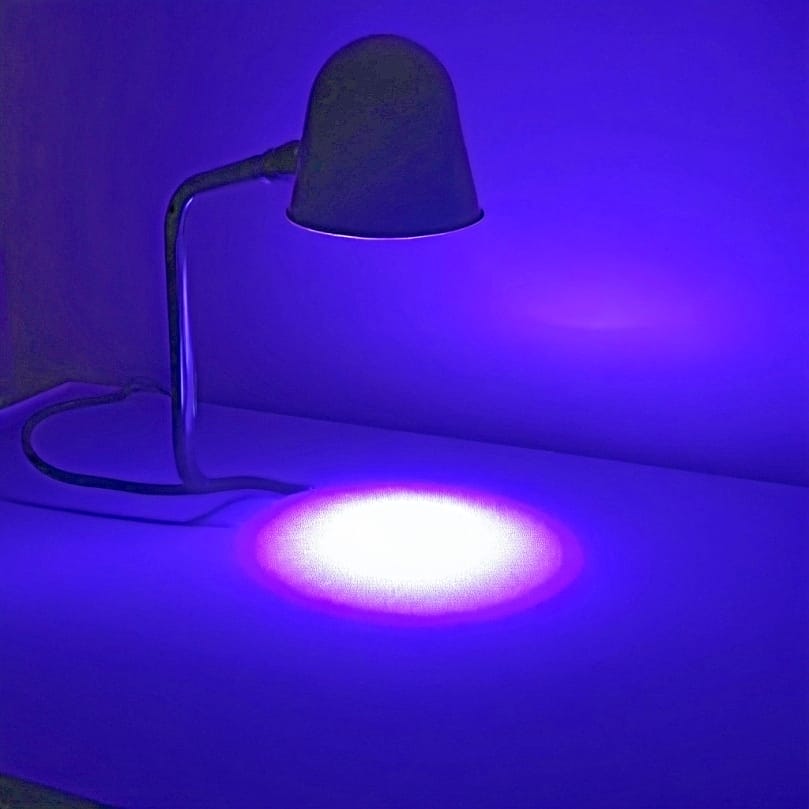
The uniqueness of UV printing is rooted in its distinctive process. Imagine using UV LED printers, either moving the print head over a stationary substrate or moving the substrate under a fixed print head. As the UV light from the printer’s lamps hits the ink, a photoinitiator within the ink is activated. This activation triggers an instant change in the ink from liquid to solid, with the inks cured under the UV light rather than through oxidation. This combination of chemistry and technology yields vibrant, durable, and instantly dry images.
The photomechanical process of UV printing heavily depends on the UV inks. Comprising:
- Monomers
- Oligomers
- Photoinitiators
- Pigments
They hold the keys to the UV printing kingdom. The photoinitiators are the unsung heroes, causing the ink to solidify instantly upon UV exposure, making UV inks dry rapidly. The outcome is a stunning print that is also environmentally friendly. The curing process significantly reduces the emission of volatile organic compounds, as the inks do not rely on solvent evaporation.
Key Advantages of UV Printing
UV printing proves to be as versatile as a Swiss Army Knife in the printing world. It can be applied to a wide range of materials, including:
- Metal
- Glass
- Hard plastics
- Thermal plastics
But the true beauty of UV printing lies in its flexibility. The hardness of UV inks can be tailored to different materials, ensuring strong adhesion and enhancing the durability of the finished print. With a UV printer, the possibilities are endless.
The use of white ink and gloss in UV printing opens up a world of possibilities. Imagine vibrant colors and striking visual effects, even on non-white and light substrates. And with innovations such as flexible UV inks and uv cured ink printed materials, the applications of UV printing have expanded into realms like fashion, with its use on soft materials like t-shirts.
Potential Drawbacks of UV Printing
Like any technology, UV printing comes with its own set of challenges. The adhesion and durability of UV prints can vary on different substrates. This variability often necessitates the use of adhesion promoters or pretreatments for optimum results. This need for precision extends to the setup of UV inks, as inadequate curing can result in poor adhesion and reduced durability.
Particular materials can intensify this challenge. These substrates require sufficient ultraviolet energy for curing and appropriate adhesion, which can be hindered by surface tension variations. As a result, durability issues may arise, making UV printing less suitable for these materials.
Dye Sublimation Demystified
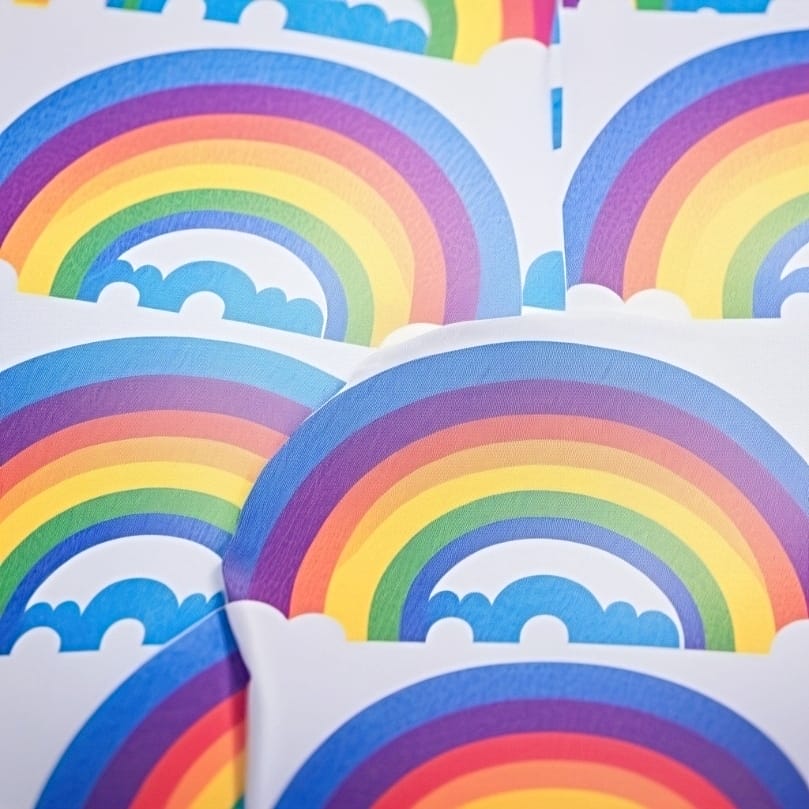
Dye sublimation printing could be likened to a magic show. The magician, an inkjet printer, prints a design onto transfer paper using disperse dye inks, also known as sublimation ink. The grand finale? Applying heat and pressure to transfer this design onto the substrate as the inks sublimate and penetrate the substrate’s surface. But the trick doesn’t end there. The solid dye inks, under the spell of heat, transform into gas. This gas permeates the specially coated polyester or plastic substrates, resulting in prints that are durable and high in quality. Don’t miss my article that breaks down the working of dye sublimation.
The result is an image that is a part of the fabric, providing a fine finish, unnoticeable to the touch. The ‘magic trick’ culminates in a vibrant, durable print with an ink dot precision.
When to Choose Sublimation Printing
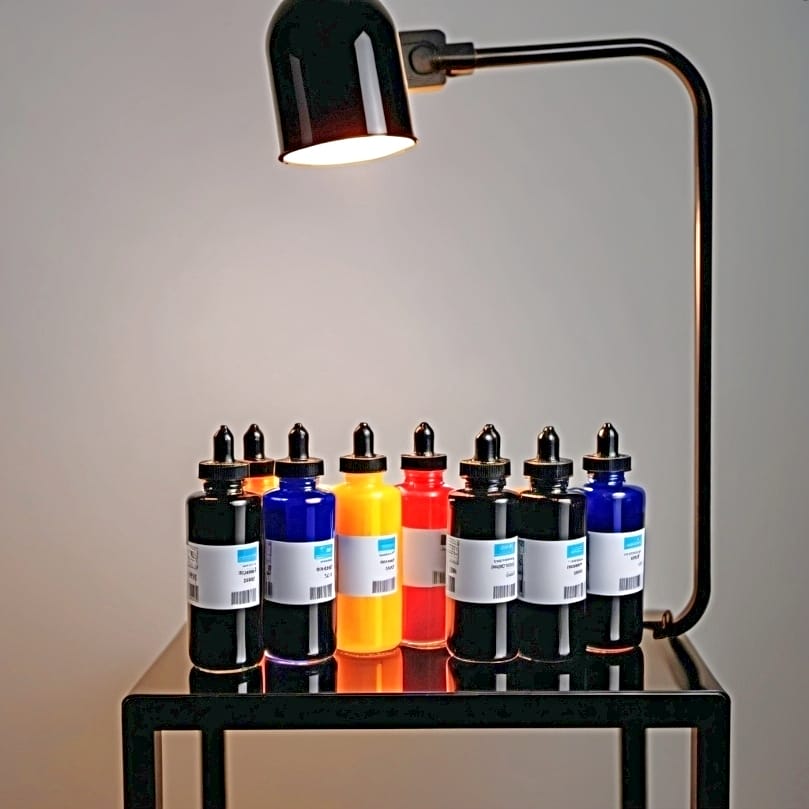
Sublimation printing demonstrates remarkable resilience under harsh weather conditions. When the winds blow and the sun blazes, sublimation-printed flags and sports apparel stand tall, their prints exceptionally durable and color-rich. But the realm of sublimation printing extends beyond the outdoors. Step into the world of fashion, and you’ll find sublimation prints breathing life into t-shirts, garments, and accessories with vibrant hues.
Sublimation printing doesn’t stop at clothing. It finds its way into homes too. From upholstery and window treatments to pillows, sublimation printing creates permanent designs with vivid colors. The result? Home décor items that not only please the eye but also stand the test of time.
Limitations of Sublimation Printing
Despite its power, sublimation printing does have certain limitations. Here are some key points to keep in mind:
- It’s restrictive in the choice of materials. Only polyester or plastic-based substrates with a plastic or polyester coating that can endure the high temperatures of the heat press phase can be used. Natural fabrics like cotton are incompatible as the image will not permanently adhere.
- To achieve optimal results, the fabric must be 100% polyester or a minimum of two-thirds polyester.
- Non-textile items require a specialized coating for sublimation printing.
Color restrictions are another limitation. Sublimation printing cannot be performed on black or dark-colored materials; it requires a white or light-colored printing area. Further, designs necessitating block colors or precise ink placement may face issues in sublimation printing, making it less suitable than methods like DTG printing.
Comparing Print Quality and Durability

Both UV printing and dye sublimation excel in their own ways in terms of print quality and durability. UV inks, without soaking into paper, deliver a vibrant finish and photorealistic print quality, making them ideal for high-resolution graphics and signage. On the other hand, sublimation provides scratch-resistant and colorfast prints that are durable against the elements.
Nonetheless, choosing between UV printing and sublimation isn’t always straightforward. Prints may fade over time when exposed to direct UV rays for prolonged periods, affecting durability and color retention. On the other hand, the permanence of dyes in sublimation-printed materials reduces the frequency of replacement, indirectly lowering waste production.
The final decision depends on the desired print quality and durability, as each method has its own set of advantages.
Practical Applications: UV vs Sublimation
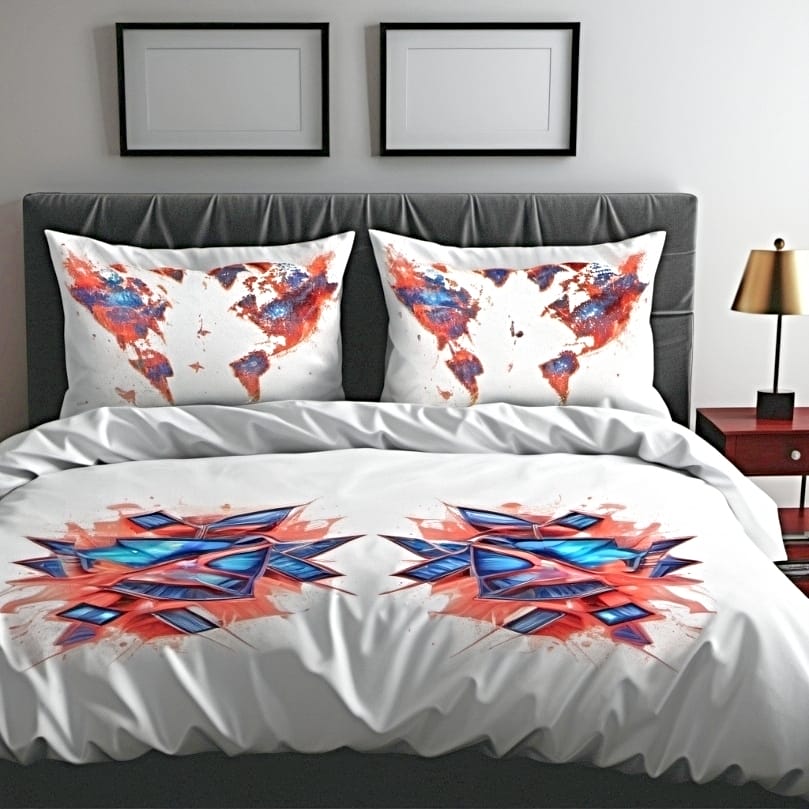
Based on their distinct properties, UV printing and sublimation printing serve unique applications. UV printing, for example, is exceptionally effective for creating:
- Custom signage
- Promotional items
- Freestanding wayfinding signs on materials like metal and plastic
- ADA signage with raised lettering
- Products with three-dimensional effects using acrylic substrates
- Customized small order products like personalized golf balls, thanks to its ability to handle different materials and offer high-quality finishes.
Sublimation printing, on the other hand, excels in producing apparel, textiles, and wearables. From vibrant t-shirts and hoodies to banners that remain color-rich even after exposure to outdoor conditions, sublimation printing leaves a lasting impression. For keepsake and functional items like mugs, phone cases, and mouse pads, sublimation is ideal due to its ability to create detailed and long-lasting designs that withstand wear and dishwashing. It even offers specialty printing options such as ceramic tiles for decorative artwork and backlit trade show graphics, showcasing its strength in detail and durability.
Cost Considerations and Production Efficiency
UV printing and sublimation printing offer differing scenarios in terms of cost and production efficiency. Here are some key points to consider:
- UV printing technology generally requires a higher initial investment due to the specialized equipment needed.
- Running costs can be higher for UV printers because of the more expensive inks and energy needed for the curing lamps.
- Despite the potentially higher initial cost for UV LED lamps compared to mercury vapor lamps, the longer lifespan can help to offset the investment over time.
Sublimation printing, on the other hand, requires additional equipment such as a heat press machine, potentially lowering equipment and maintenance costs. However, when speed is a critical factor, the efficiency of UV printing shines through. The immediate drying of inks, enabled by the photomechanical process, facilitates quicker turnaround times and avoidance of finishing-related smudges or marks, making inkjet printing less competitive in this aspect.
With UV printing, the unit cost remains consistent regardless of the number of units produced, enabling short runs and personalized prints to be produced cost-effectively. Read my detailed article about the sublimation cost calculator here.
Environmental Impact and Safety
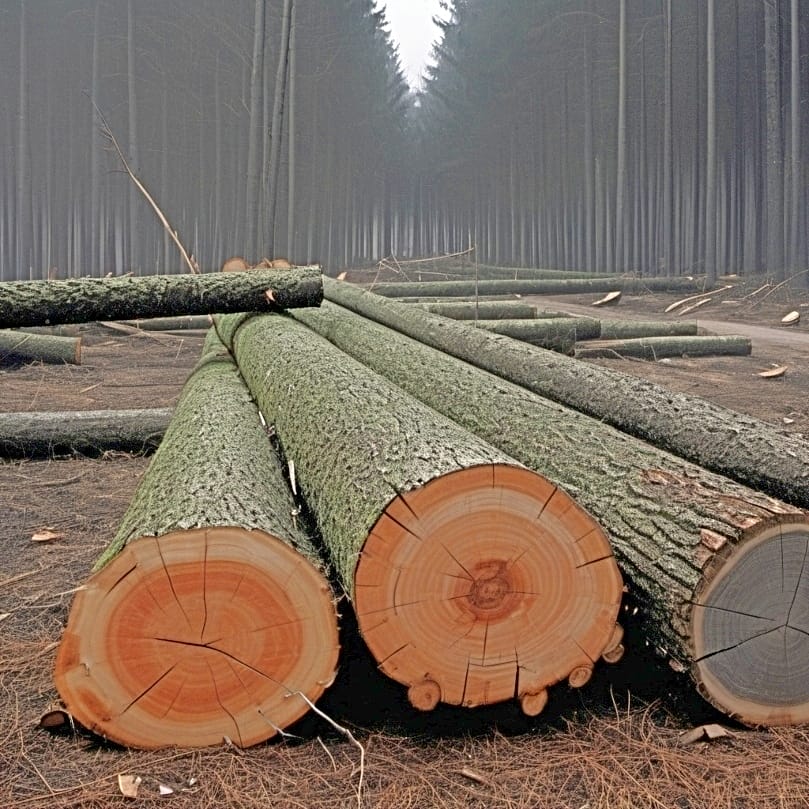
Given the growing environmental consciousness, the environmental impact of UV and sublimation printing is increasingly important. UV printing significantly reduces emissions of volatile organic compounds (VOCs) because UV inks cure upon exposure to UV light rather than evaporating into the air as an ink solvent would. Dye sublimation printing also does not release VOCs, as the dye directly turns from a solid to a gas, bypassing the liquid phase and avoiding air pollution.
However, when it comes to waste production, sublimation printing has the edge. It produces minimal waste, with no dye entering the water system, which contrasts with other dyeing processes. The permanence of dyes in sublimation-printed materials can reduce the frequency of replacement, thereby indirectly lowering waste production. Nonetheless, while UV inks are lauded for their environmental benefits, sublimation inks may be considered less eco-friendly, especially since sublimation printing typically requires synthetic materials like polyester, posing material sustainability concerns.[2]
Making Your Decision: Factors to Consider
The choice between UV printing and sublimation printing requires careful consideration. There are several factors to consider. UV printing allows printing on a diverse range of materials offering a textured finish if needed. From plastics to glass and metal, the world of UV printing is extensive. On the other hand, sublimation printing provides optimal results on polyester fabrics and coated substrates, resulting in a smooth finish.
When printing on 3-dimensional objects or materials susceptible to heat damage, UV printing is the preferred method. For high-volume orders, sublimation can be less efficient and more time-consuming compared to UV printing. In terms of environmental impact, UV printing has a reduced impact due to lower emissions of volatile organic compounds compared to solvent-based inks used in traditional printing.
Summary
The choice between UV printing and dye sublimation is a complex one, filled with a myriad of factors to consider – from material compatibility to print quality, cost, and environmental impact. Both technologies offer unique benefits and have their specific applications. UV printing shines in its versatility, ability to print on diverse materials, and its environmentally friendly nature. On the other hand, sublimation printing stands out for its vibrant hues, durability, and suitability for a variety of textiles and coated substrates. Ultimately, the decision rests on your specific needs and objectives. The world of digital printing is vast and ever-evolving, and both UV printing and dye sublimation stand as powerful tools in this exciting landscape. Read more about the differences between sublimation printing and screen printing here.
Frequently Asked Questions
What is better UV printing or sublimation?
UV printing is better than sublimation because it is more efficient, faster, and eliminates the need for further heat due to the ink drying instantly with the built-in UV light.
What are the disadvantages of UV printing?
UV printing can release volatile organic compounds (VOCs) and requires special attention to safety and ventilation. Additionally, the initial investment in UV printing equipment can be higher than traditional printing methods.
What is better than sublimation printing?
Direct to Garment (DTG) printing is better than sublimation printing for high-quality, intricate designs with multiple colors, especially if there is white in the image. This method offers a wider range of colors and is more suitable for such designs.
What is the main difference between UV printing and dye sublimation printing?
The main difference between UV printing and dye sublimation printing is that UV printing uses ultraviolet light to cure inks instantly onto various substrates, while dye sublimation printing involves a process where disperse dye inks transition from solid to gaseous state, bypassing the liquid phase, to dye substrates such as plastic or polyester.
What are the limitations of sublimation printing?
The limitations of sublimation printing include the requirement for polyester or plastic-based substrates, the inability to print on dark materials, and the necessity for a white or light-colored printing area. This means that the process is restricted by the types and colors of materials it can be used on.
References
- Ultraviolet waves – NASA Science. (n.d.). https://science.nasa.gov/ems/10_ultravioletwaves/
- Live, W. P. (2023a, June 1). The role of business in confronting climate change. Washington Post. https://www.washingtonpost.com/washington-post-live/2023/05/22/top-business-leaders-prospects-new-climate-industrial-revolution/




